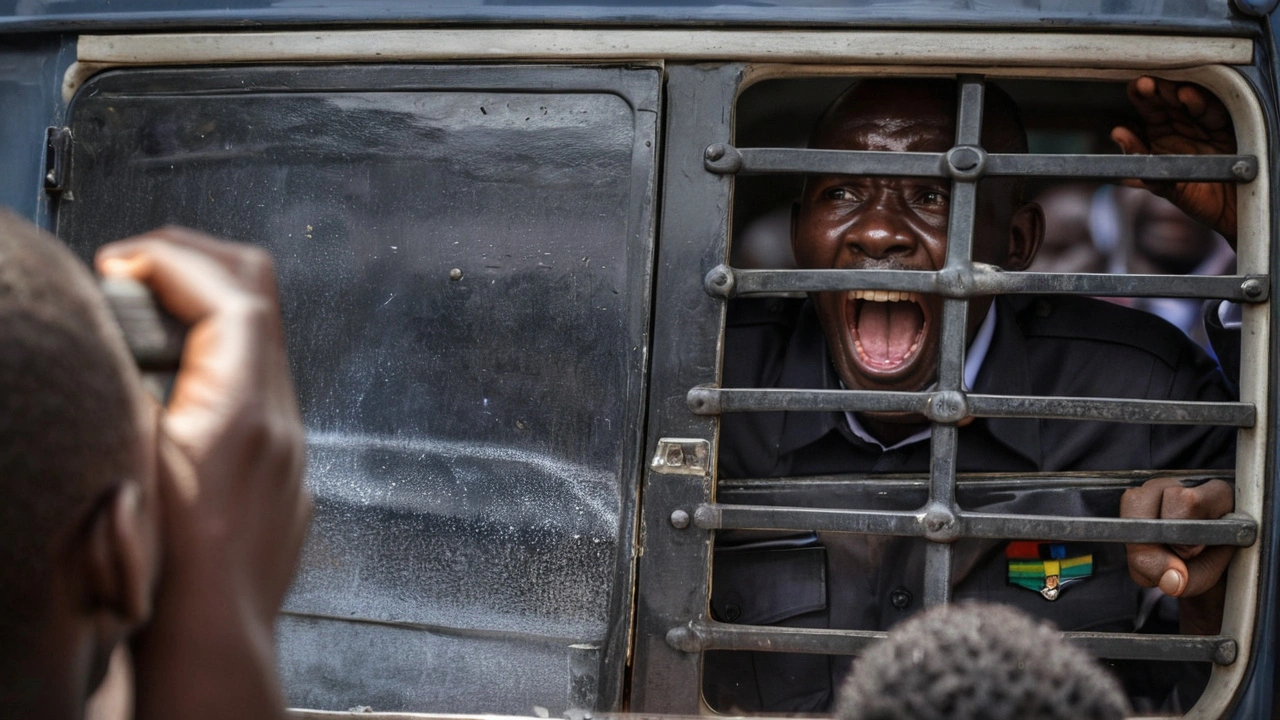Understanding Protests and Their Impact Today
Protests are powerful expressions of public opinion and can shape politics, society, and culture. They happen when people unite to voice concerns, demand change, or defend rights. Whether peaceful or intense, protests highlight issues that matter deeply to communities worldwide.
Often, protests are sparked by social grievances, economic struggles, or political decisions. These gatherings show citizens standing up, making their voices heard beyond traditional channels. From local rallies to global movements, protests influence policy changes and public awareness.
Common Causes and What Drives People to Protest
People join protests for many reasons, such as demanding justice, fighting inequality, or opposing laws. Sometimes, a single event ignites widespread demonstrations, for example, a controversial political move or violence. Other times, ongoing problems like unemployment or corruption fuel persistent protests.
Social media now plays a big role in organizing protests quickly and spreading information fast. It helps people connect with causes and mobilize support globally. But it can also spread misinformation, so understanding the facts behind protests is important.
What Happens During and After Protests?
Protests can vary from peaceful marches to clashes with authorities. The atmosphere depends on the issue, participants, and how governments react. Police presence and safety concerns often impact the protest's tone and outcomes.
After a protest, the spotlight often shines on government responses, policy shifts, or negotiations. Some protests lead to real change, while others escalate tensions without clear results. Watching how these events unfold helps us understand social dynamics and civic engagement.
Following protests closely gives insight into what societies truly care about and how people work together to create better futures. Stay informed and consider the context behind every protest story you see.




